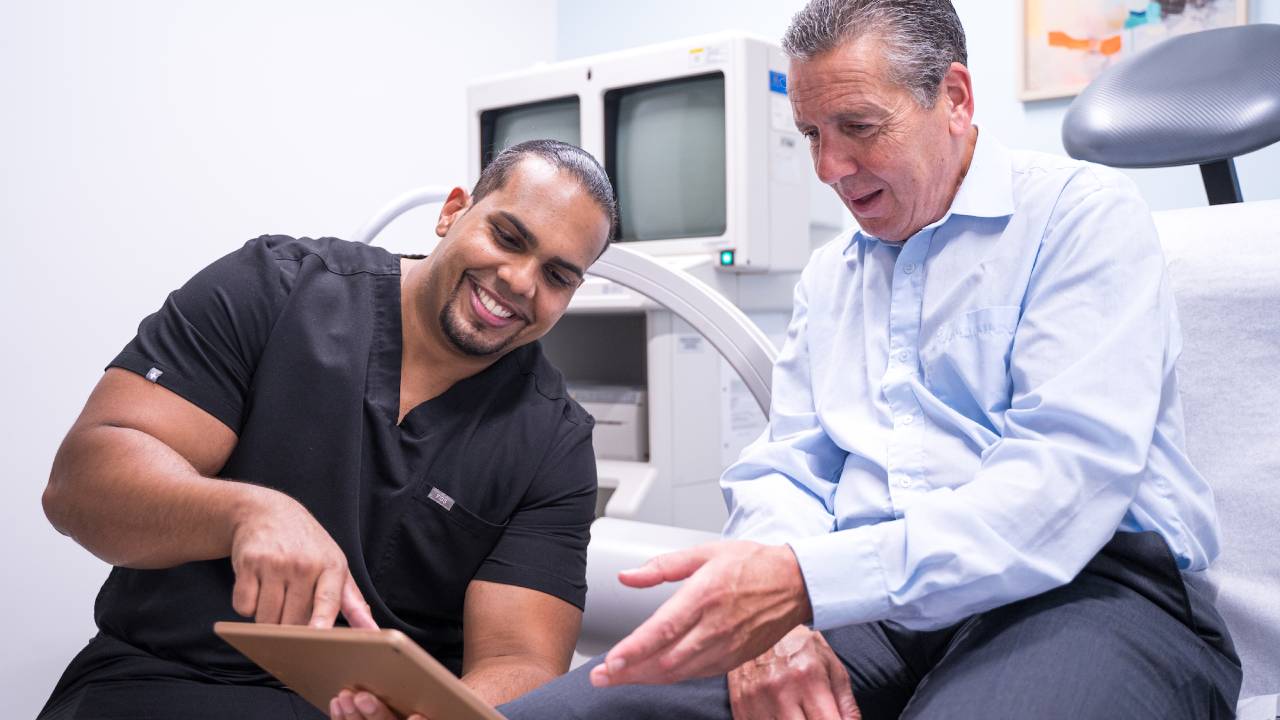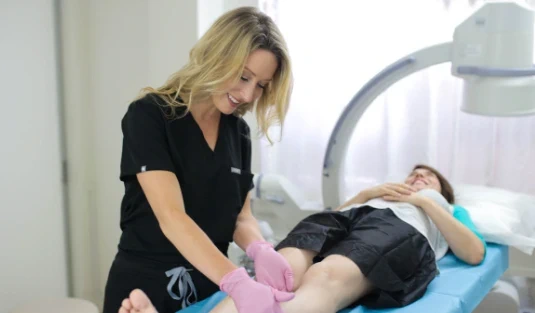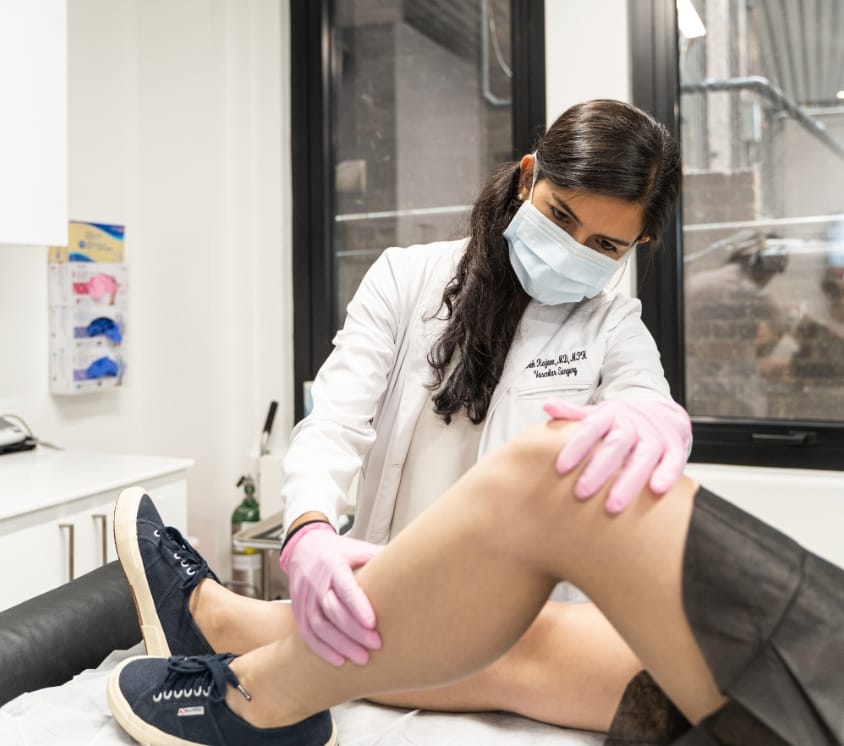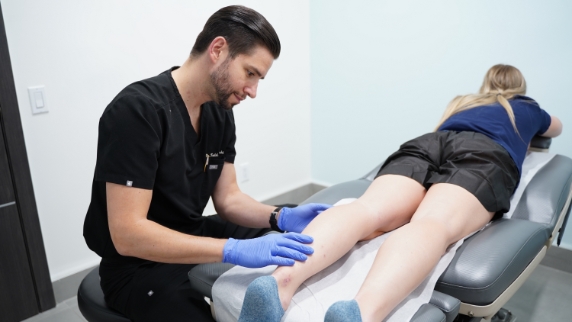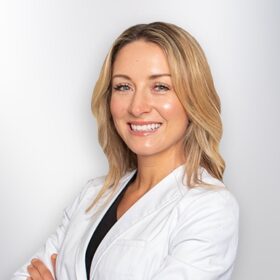You’ve noticed spider or varicose veins gradually appearing on your legs, causing discomfort and making you feel self-conscious. At first, you brush it off as something minor, perhaps just a cosmetic issue. But then, the heaviness in your legs sets in, or worse, the veins become painful. It’s no longer just about appearance; it’s impacting your quality of life. So, you decide it’s time to seek professional help.
At Vein Treatment Clinic, we understand how challenging vein issues can be, both physically and emotionally. We aim to ensure you get the right diagnosis and the most effective vein treatment for your specific needs. With our wide range of minimally invasive vein treatments and expert team of board-certified vein doctors, we offer personalized care that helps you reclaim your comfort. In this article, we’ll guide you through the various vein treatment options available, helping you determine which is the best fit for you.
What Causes Varicose and Spider Veins?
Before we dive into treatments, it’s important to understand why these unsightly and sometimes painful veins form. Varicose veins and spider veins are caused by chronic venous insufficiency—a condition where the valves in your veins don’t function properly, leading to blood pooling and vein enlargement. While varicose veins tend to be larger and bulging, spider veins are typically smaller and appear like thin, red or blue lines just beneath the surface of the skin.
Venous insufficiency can cause a range of symptoms beyond cosmetic concerns, including aching, swelling, cramping, and a sensation of heaviness in the legs. If you notice your legs feel heavy, it may be time to consult a vein specialist. The good news is that minimally invasive vein treatments can resolve both the visible veins and their underlying cause.
Vein Treatment Options for Vein Conditions
At Vein Treatment Clinic, we offer several state-of-the-art, minimally invasive vein treatments to treat both spider veins and varicose veins. Below, we explore each option to help you understand which might be best suited for your condition.
Sclerotherapy
If you’re primarily dealing with spider veins or small varicose veins, sclerotherapy may be the ideal solution. This spider vein treatment involves injecting a medical solution directly into the affected veins, causing them to collapse and eventually be reabsorbed by the body.
The vein treatment is quick, virtually painless, and requires no downtime, making it a popular choice for those seeking spider vein removal.
Sclerotherapy is particularly effective for cosmetic spider veins, but it’s also used to treat the underlying chronic venous insufficiency that can cause larger veins. This means that if you are diagnosed with venous insufficiency, your sclerotherapy may be covered by insurance, even if the visible veins themselves are considered cosmetic.
Radiofrequency Ablation
For those with more prominent varicose veins, radiofrequency ablation (RFA) is one of the most effective treatments available. This varicose vein treatment involves inserting a small catheter into the problematic vein and using heat generated by radiofrequency energy to seal the vein shut. Once the vein is closed, blood is naturally rerouted to healthier veins.
Vein ablation, particularly RFA, is ideal for larger veins that cause symptoms like pain, swelling, or a heavy feeling in your legs. The procedure is minimally invasive, and most patients are back on their feet the same day. It’s often covered by insurance if it’s medically necessary to treat venous insufficiency. RFA is a top choice for anyone wondering when to worry about varicose veins and looking for a long-lasting solution.
Endovenous Laser Ablation
Another popular vein treatment for larger varicose veins is endovenous laser ablation (EVLA). EVLA uses heat to close off problematic veins, but instead of radiofrequency, it utilizes laser energy. The procedure is performed under local anesthesia and takes less than an hour.
EVLA is effective for patients with deeper varicose veins and those experiencing leg pain, leg swelling, or venous reflux. This vein treatment provides immediate relief from symptoms, and, much like RFA, it’s typically covered by insurance when deemed medically necessary. If you’ve been diagnosed with venous insufficiency, laser ablation could be a perfect solution.
VenaSeal
If you’re looking for an innovative approach to varicose vein treatment, VenaSeal may be an excellent option. This vein treatment uses a specially formulated medical adhesive to seal the affected vein. The vein then closes off and is absorbed by the body over time.
What makes VenaSeal stand out is that it doesn’t require tumescent anesthesia (a type of local anesthesia) or heat, making it a more comfortable experience for many patients. It’s also a fast procedure, allowing you to immediately return to normal activities. Like other vein treatments for venous insufficiency, VenaSeal is typically covered by insurance when used to treat the underlying cause of varicose veins.
ClariVein
ClariVein is a combination varicose vein treatment that uses mechanical agitation and a sclerosing agent to treat veins. This method is highly effective for treating large veins and venous reflux without the need for heat or multiple injections. It’s a quick and painless procedure with little to no downtime, making it a great option for patients with busy schedules.
Ambulatory Phlebectomy
For patients with large, bulging varicose veins close to the surface of the skin, ambulatory phlebectomy offers a minimally invasive varicose vein treatment. During this procedure, the vein is removed through tiny incisions using specialized tools. While it sounds more invasive than other options, the incisions are so small that stitches aren’t usually needed.
Ambulatory phlebectomy is often used in conjunction with other vein treatments like vein ablation to ensure comprehensive care. If you’ve been experiencing symptoms of venous reflux or wondering how to get rid of spider veins and varicose veins, this may be part of your vein treatment plan.
Insurance Coverage for Vein Treatments
One of the most common questions we get at Vein Treatment Clinic is about insurance coverage. Most vein treatments are covered by insurance if they are deemed medically necessary. This typically applies when the treatment is used to address venous insufficiency or symptoms like leg pain, leg swelling, or venous reflux.
While spider veins are often viewed as a cosmetic concern, treating their root cause—venous insufficiency—can be covered by insurance. This means that your spider vein treatment may also be covered if a vein specialist diagnoses you with venous insufficiency. We offer insurance verification to help you determine what vein treatments are covered by your plan. Contact us to request insurance verification today.
Consult with a Vein Specialist
Ultimately, the best way to determine which vein treatment is right for you is to consult with a board-certified vein doctor. At Vein Treatment Clinic, our expert team will conduct a thorough evaluation, including a duplex ultrasound, to diagnose your condition and create a personalized vein treatment plan. Whether you need sclerotherapy, vein ablation, or any other vein treatment, we’ll guide you through every step of the process.
Don’t let varicose veins or spider veins affect your quality of life. Contact us to schedule a consultation and learn more about the best vein treatment options for you. Visit your nearest vein clinics in New York, Long Island, California, Maryland, or New Jersey, and take the first step toward healthier veins today.








